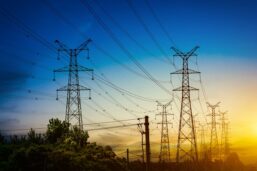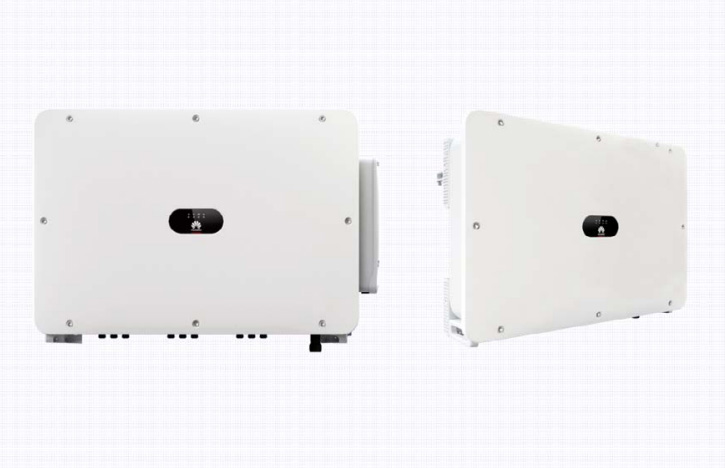
Bifacial PV modules provide many advantages over traditional PV panels. The International Technology Roadmap for Photovoltaic (ITRPV) predicts an upward trend for the shares of bifacial solar modules in the global PV market in the next decade, i.e. 10% in 2019 and more than 35% in 2028. It is widely believed that bifacial PV modules can effectively increase power generation and reduce levelised cost of electricity (LCOE) of the solar based system, but complex system design has become the biggest obstacle to the widespread application of bifacial solution.
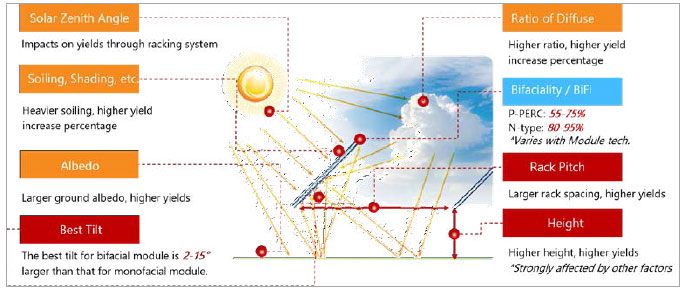
Complex system design due to DC side factors that affect the energy yield of bifacial PV modules
Due to the preceding factors, the actual output power of the bifacial PV modules varies greatly with projects or even with times. Therefore, the design personnel are not allowed to rigidly follow the serial and parallel connection as well as the configuration of solar inverters for common PV modules. The design should be project-based. More professional design tools for bifacial PV modules, especially intelligent design tools, are required. Energy yield evaluation is the premise of the design tool for the bifacial PV module system. Researchers from the National Renewable Energy Laboratory (NREL), the Sandia National Laboratories (SNL), and the Fraunhofer Institute for Solar Energy Systems ISE (Fraunhofer ISE) have conducted research on the ray-tracing and view-factor models to describe the energy gain from the back of bifacial PV modules accurately. The two models, however, are based on 3D modeling. The algorithm is complex and time-consuming, which cannot meet the requirements of engineering applications. Huawei has simplified and optimized these two models. Based on scattering light and reflection light, Huawei has established a 2D physical model applicable to large ground PV plants. Integrating all-scenario, adaptive, and self-learning intelligent algorithms that balance the calculation speed and design details, this model generates the optimal design solution precisely and increases the energy yield by 3% compared with conventional design solutions. As the industry-leading design tool for bifacial PV modules that cover both the DC side and AC side, it is verified in many cases in terms of precision.
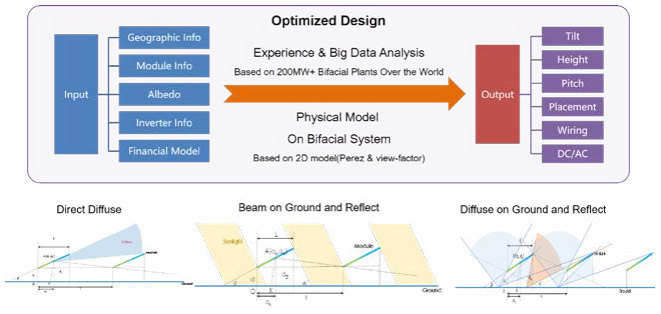
Thus, for a project in India, Dr. Shawn Gu, Chief Scientist of Huawei Smart PV Business, optimised the overall design of the solution based on the project, including the layout of trackers and PV modules, as well as the cable layout. Dr. Gu selected the best one with the highest energy yield and lowest LCOE from nearly 500 advantageous solutions. The PV plant is located in Rajasthan, a flat desert area of rare rainfall and sparse vegetation. Based on the experience from the conventional solution design, the customer thought that the energy yield gain of the bifacial PV modules would be only about 5%. It turned out that the energy yield grew around16% compared with conventional solutions and the LCOE dropped by 10% with the help of bifacial PV modules, fixed trackers and Huawei’s 1500V FusionSolar Smart String Inverters. The outcome was appreciated by the customer.
![]()
More than 400 plans considering all types of elements, the red dot in the graph shows the best LCOE solution. In addition to optimizing the overall solution, Huawei stresses that the solar inverter is a key electrical device in the bifacial PV module system. Because the current produced by the bifacial PV modules is large, it takes a long time for fuses to be blown in case of weak-current overload. This imposes great risks of fires. In this case, fuses are not recommended for the bifacial PV module system. The mismatch of the bifacial PV modules is three times that of conventional PV modules. Therefore, the MPPT granularity of the solar inverter is required to be smaller, and the mismatch loss caused by inconsistency needs to be avoided when designing and connecting the PV strings to the solar inverter.
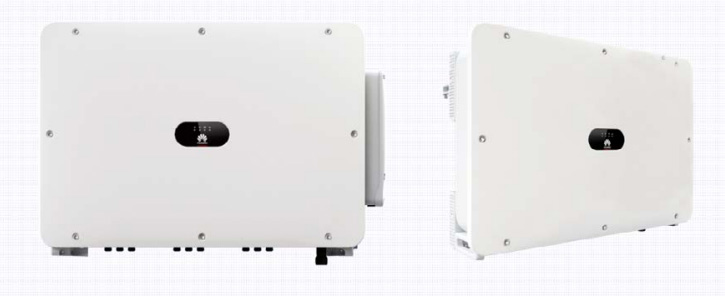
SUN2000-185KTL-INH0 (SUN2000-185KTL)
Huawei’s 1500V Smart String Inverter with multiple MPPTs effectively reduces string mismatch and increases yields more than 2%, based on such real cases. Comparing to the bifacial solution with central inverters, the string inverters can generate up to 4.5% more power making a very strong case for their use in bifacial powered systems. The new released SUN2000-185KTL smart string inverter at Intersolar 2019, which has Huawei patented multi-peak algorithm achieves tracking the highest power peak in 200 milliseconds. With 9 MPPTs, it could reduce string mismatch sufficiently, according to Huawei.



